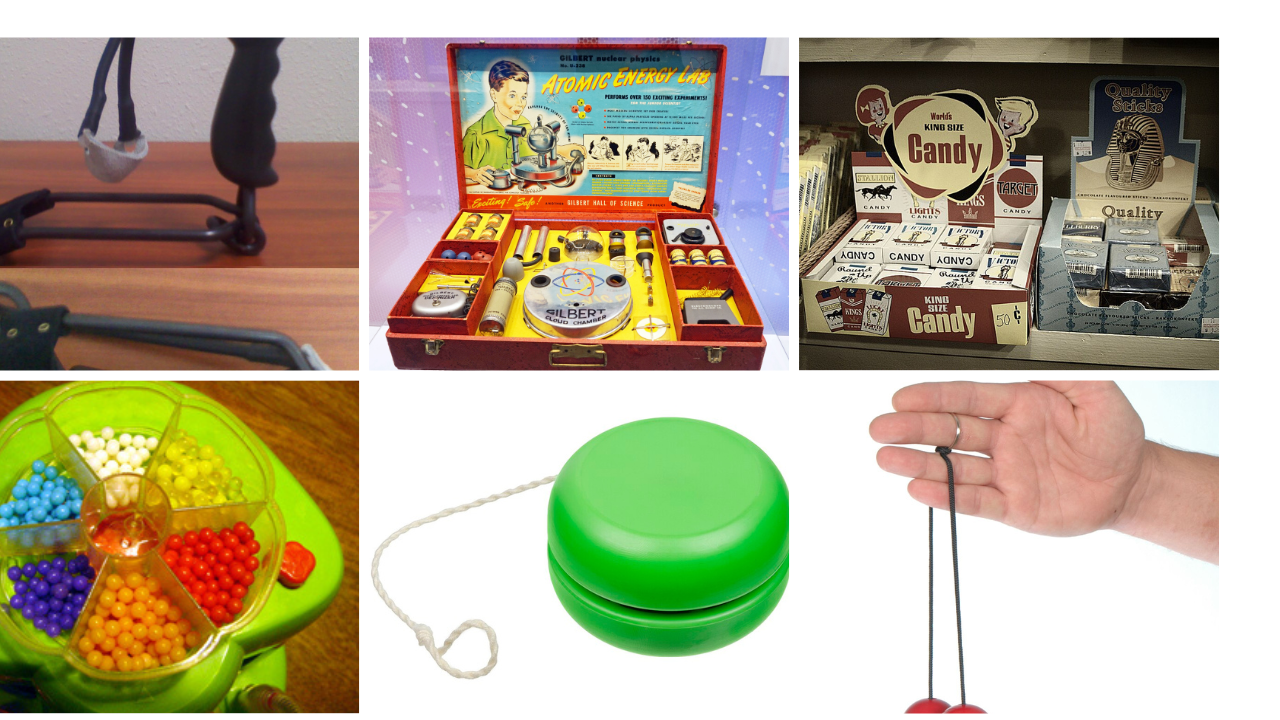Retro toys once felt like pure magic, packed into bright boxes and handed over without many warning labels. Parents trusted the shelves, kids trusted the colors, and nobody studied hazard reports before a birthday party. Over time, hospital records and consumer complaints told a different story. Regulators stepped in, banning some beloved playthings outright. What remains now is a strange mix of fond memories and shock, as adults realize just how risky many favorite toys actually were. Those bans quietly reshaped childhood.
Javelin Lawn Darts (Jarts)
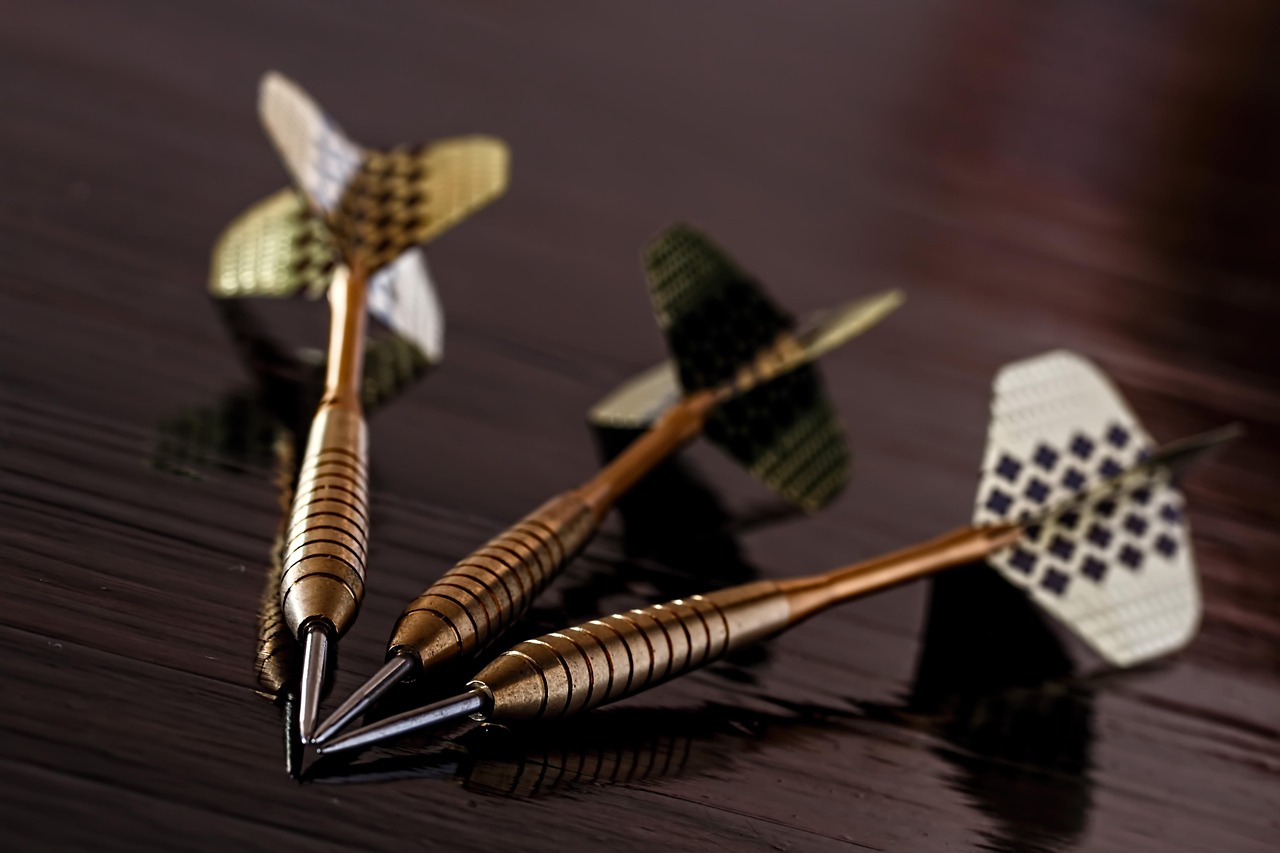
Lawn darts were sold as a wholesome backyard game, but each throw sent a metal spike arcing toward whoever crossed the grass at the wrong time. Emergency rooms saw skull fractures, deep puncture wounds, and several deaths, often involving children hit in the head. After years of pressure from doctors and parents, regulators banned the sale of pointed lawn darts in many countries, turning them from casual summer toy into a textbook example of preventable risk.
Clacker Balls
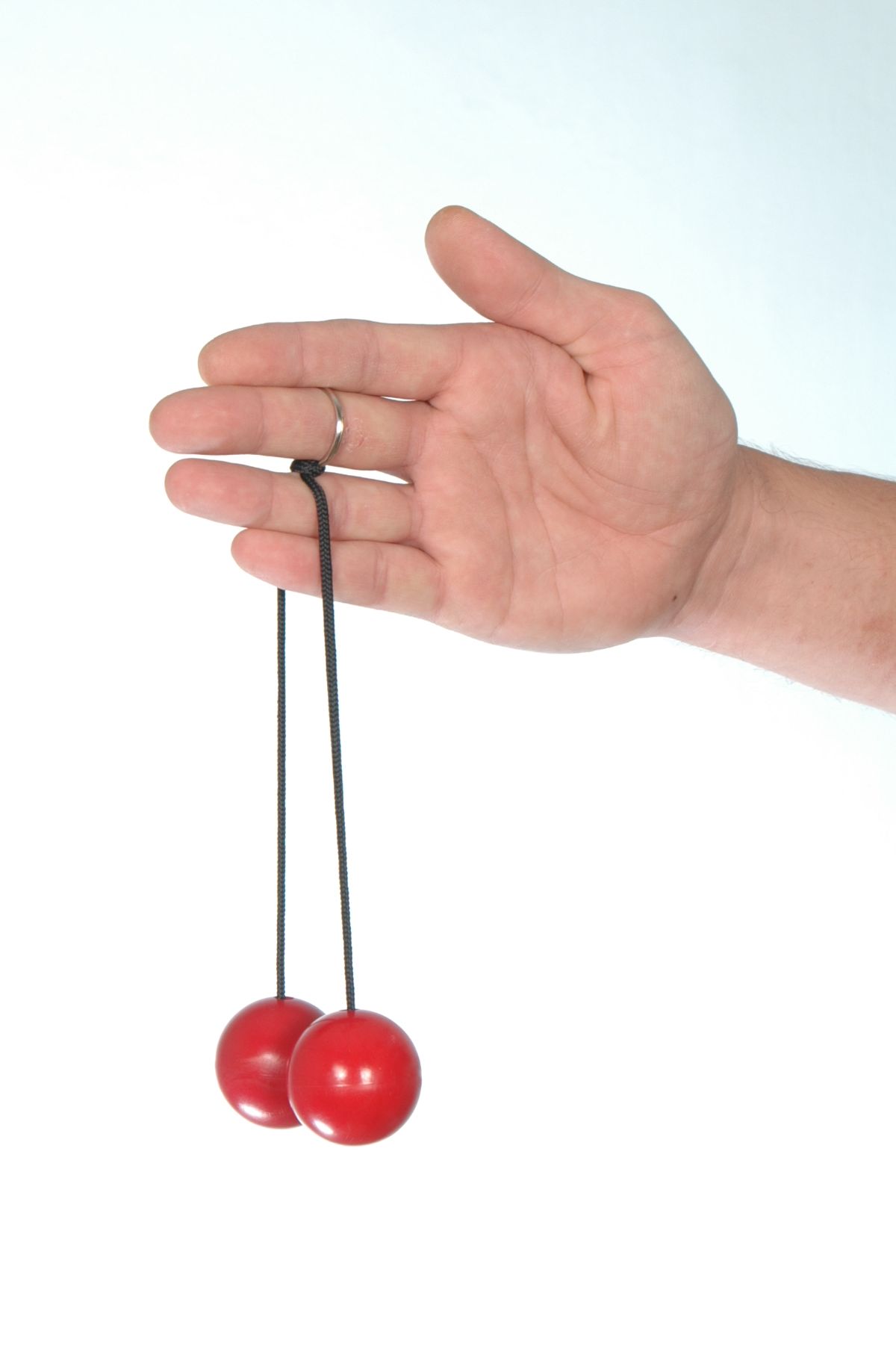
Clacker balls looked simple enough, two hard acrylic spheres on a string that snapped together with a sharp, satisfying sound. Kids swung them faster and higher, chasing louder clacks and little light flashes as friction heated the plastic. Under that impact, some sets shattered midair and sent shards flying toward eyes and faces. Regulators labeled them a mechanical hazard and pushed them off the market, leaving only softer redesigns and a long trail of injury reports behind.
Candy Cigarettes

Candy cigarettes turned playground corners into tiny stage sets, with kids copying the slow tap and inhale of adult smokers using chalky sticks of sugar. Public health researchers later linked that role play to more favorable views of real tobacco and higher smoking rates. As attitudes shifted, several countries banned or restricted the candy outright, while others forced changes to packaging. What once felt like harmless pretend now reads as early training for a very real addiction.
Bindeez and Aqua Dots Bead Kits
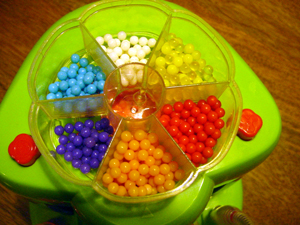
Bindeez and Aqua Dots bead kits promised quiet afternoons of creativity, letting kids arrange tiny beads and fuse them with a mist of water. The disaster emerged when some batches used a cheaper chemical coating that the body could convert into a powerful sedative if swallowed. Several children collapsed, vomited, or slipped into coma after ingesting beads. Massive recalls followed, and the original formula disappeared, replaced by safer versions and a lingering sense of disbelief among parents.
Gilbert U 238 Atomic Energy Lab
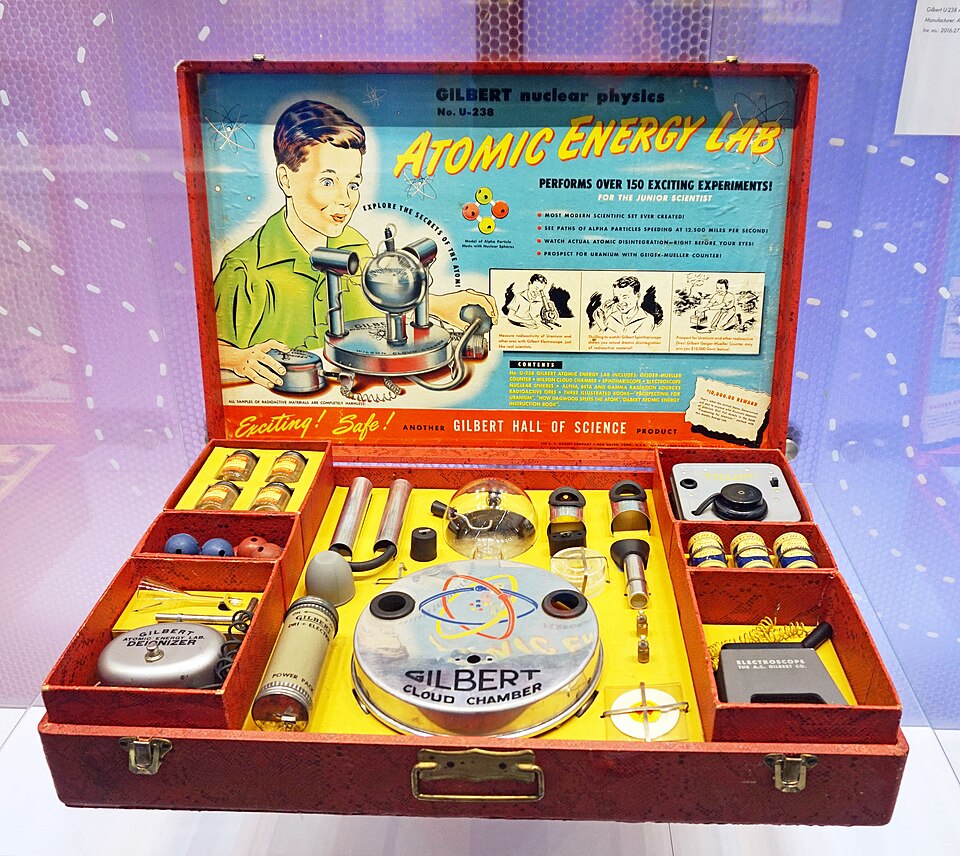
The Gilbert U 238 Atomic Energy Lab arrived in the 1950s with real radioactive samples, a Geiger counter, and a manual that treated nuclear science as a household hobby. At the time, atomic optimism drowned out concerns about exposure, so the set felt futuristic rather than alarming. Later regulations on radiation and consumer products made any repeat impossible. Surviving kits now sit in museums and private collections, part science history and part reminder of absent safety rules.
Buckyballs Magnet Sets
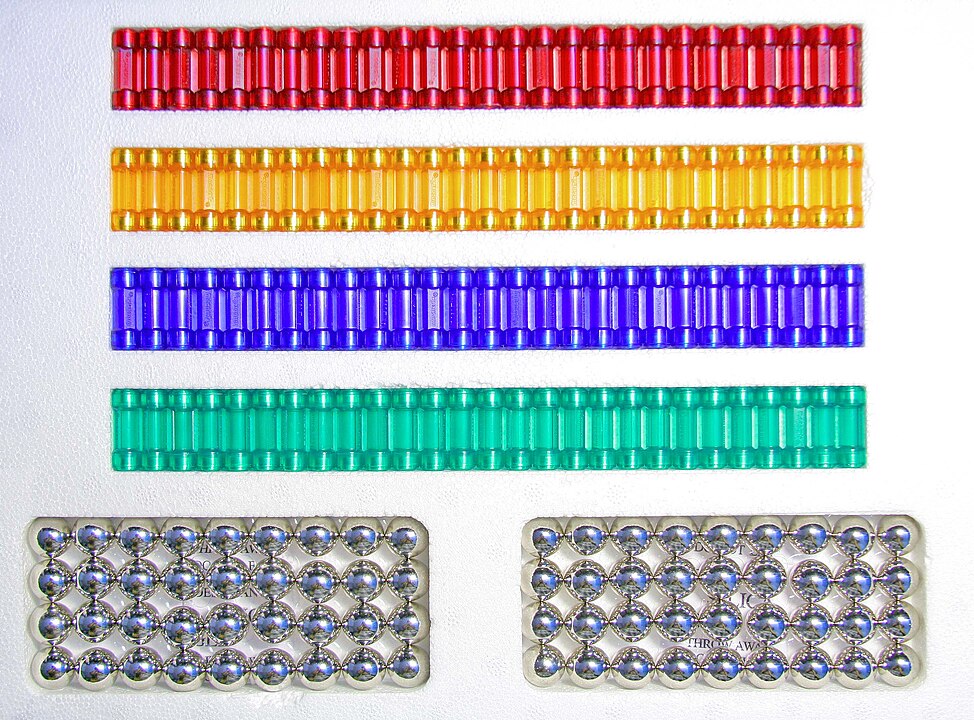
Buckyballs magnet sets were marketed as desk toys for stressed adults, a pile of shiny rare earth spheres that snapped into endless shapes. The hazard appeared when curious children swallowed more than one. Inside the body, the magnets could lock together through loops of intestine and cut off blood flow, causing tears, infection, and emergency surgery. After waves of injuries and lawsuits, regulators forced recalls and bans on similar magnet toys, redefining them as serious medical threats.
Yo Yo Water Balls
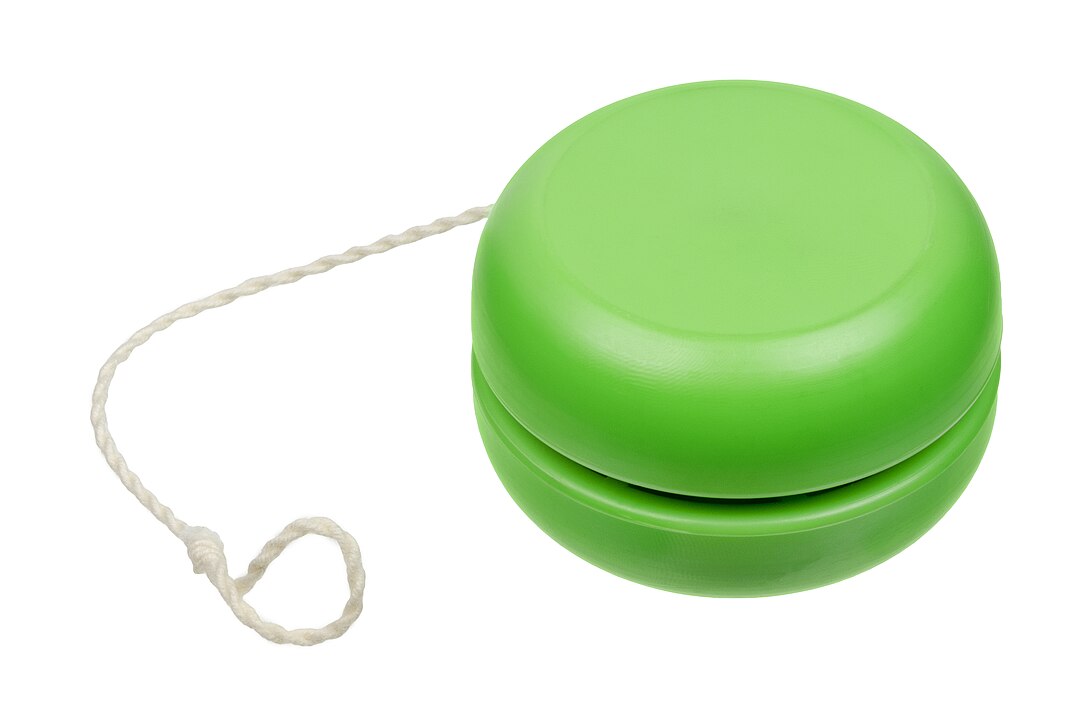
Yo Yo water balls combined a squishy liquid filled globe with an extremely stretchy cord that looped around a child wrist or finger. When swung hard, the ball could whip back unexpectedly, and the elastic could wrap around a neck in a tight tangle. Some balls also burst and sprayed unknown fluids. Safety agencies in several countries issued bans or strong warnings, treating them as strangulation and chemical risks rather than cheap fairground prizes or party favors.
Sky Dancers Flying Dolls

Sky Dancers launched from plastic bases in a blur of wings and glitter, soaring across living rooms in wild, unpredictable arcs. Promotional clips showed graceful spins in clear air. Reality brought hard plastic edges colliding with faces, eyes, and teeth at close range. Reports piled up of cuts, broken bones, and eye injuries that needed treatment. The maker eventually recalled millions of dolls after regulator pressure, turning the toy into shorthand for design that ignored impact paths.
Childhood Slingshots
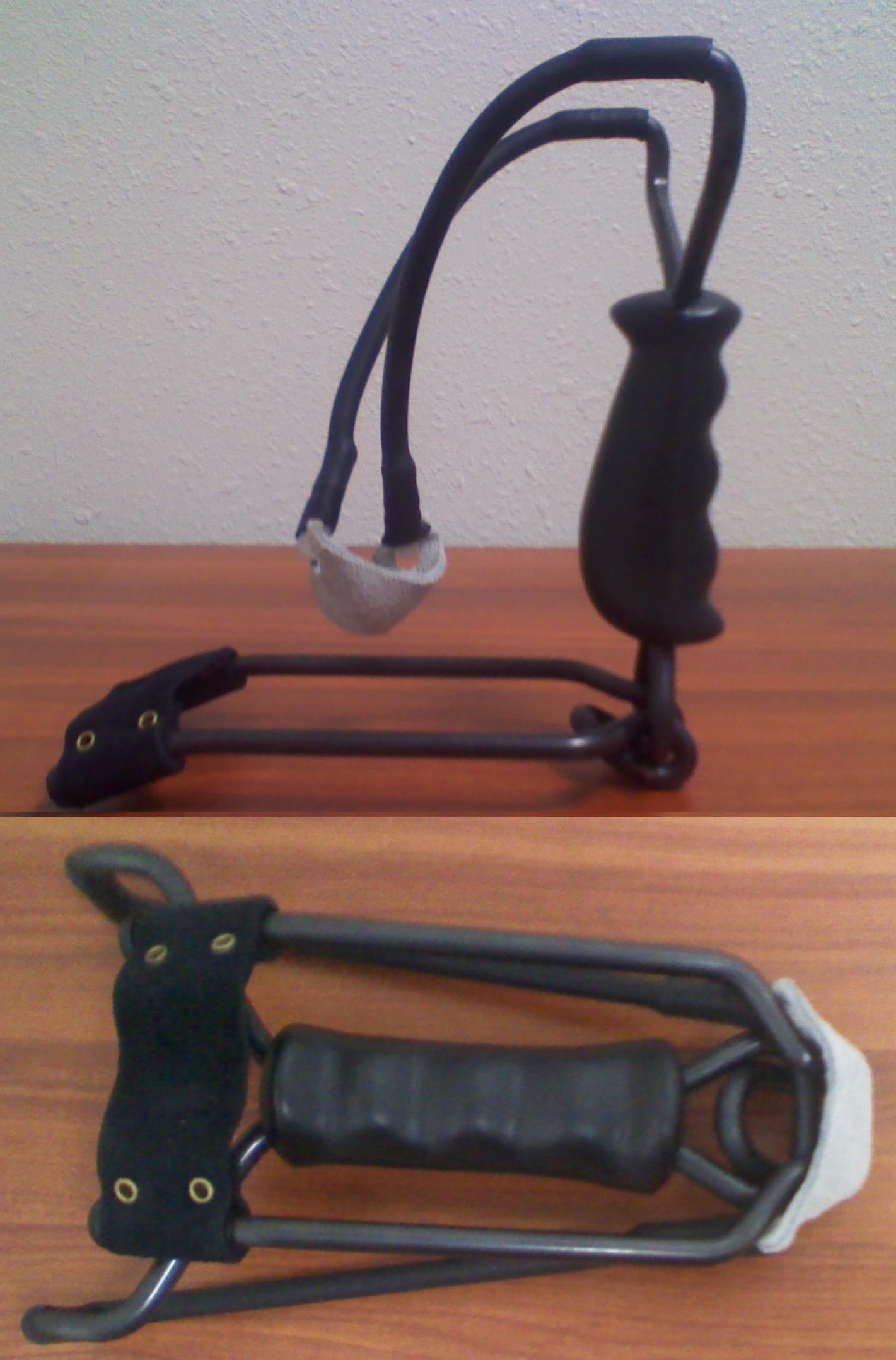
Simple slingshots once hung on toy racks beside marbles and plastic pistols, marketed as backyard skill builders rather than weapons. A flat band, a forked handle, and a pocket for stones or metal shot gave kids real power in one hand. That power shattered windows, injured animals, and damaged eyes often enough to alarm lawmakers. Many regions now treat stronger models as restricted weapons, limiting sale and public carry, especially in cities that already struggle with street violence.
Kinder Surprise Eggs
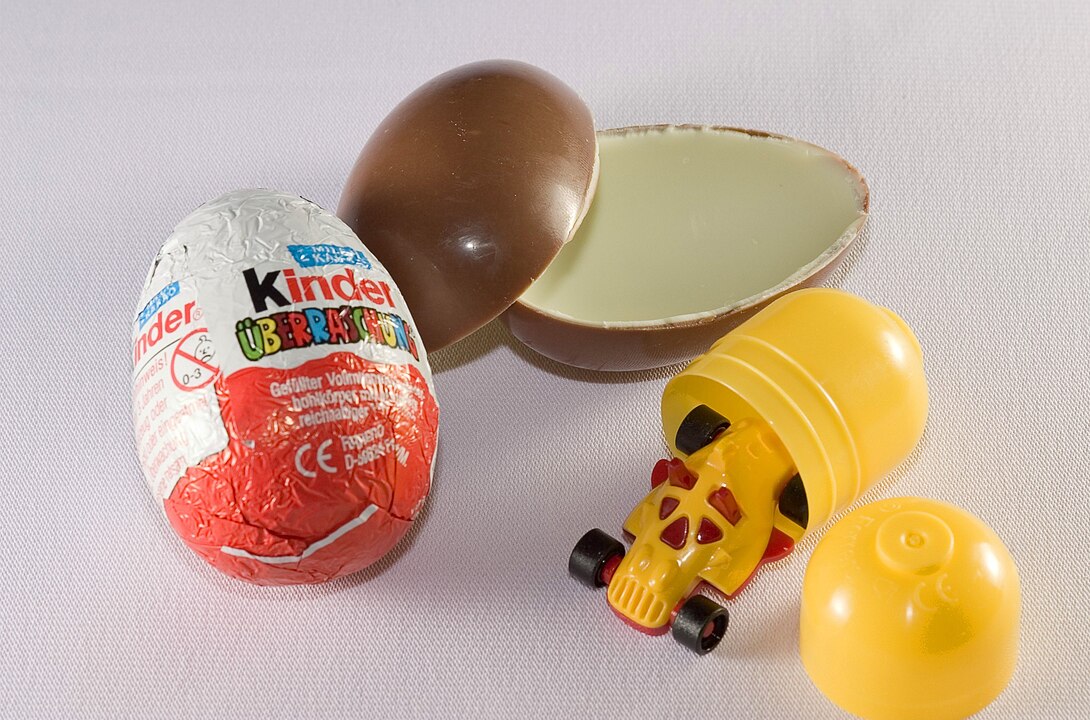
Kinder Surprise eggs pair a hollow chocolate shell with a hidden plastic capsule that holds a tiny toy, a combination loved in many countries. In the United States, though, food law bans candies with embedded non edible objects because of choking concerns and tests for functional value. That rule keeps classic Kinder Surprise eggs off store shelves and even out of traveler luggage. A modified product, Kinder Joy, sidesteps the issue by separating toy and chocolate into different halves.
